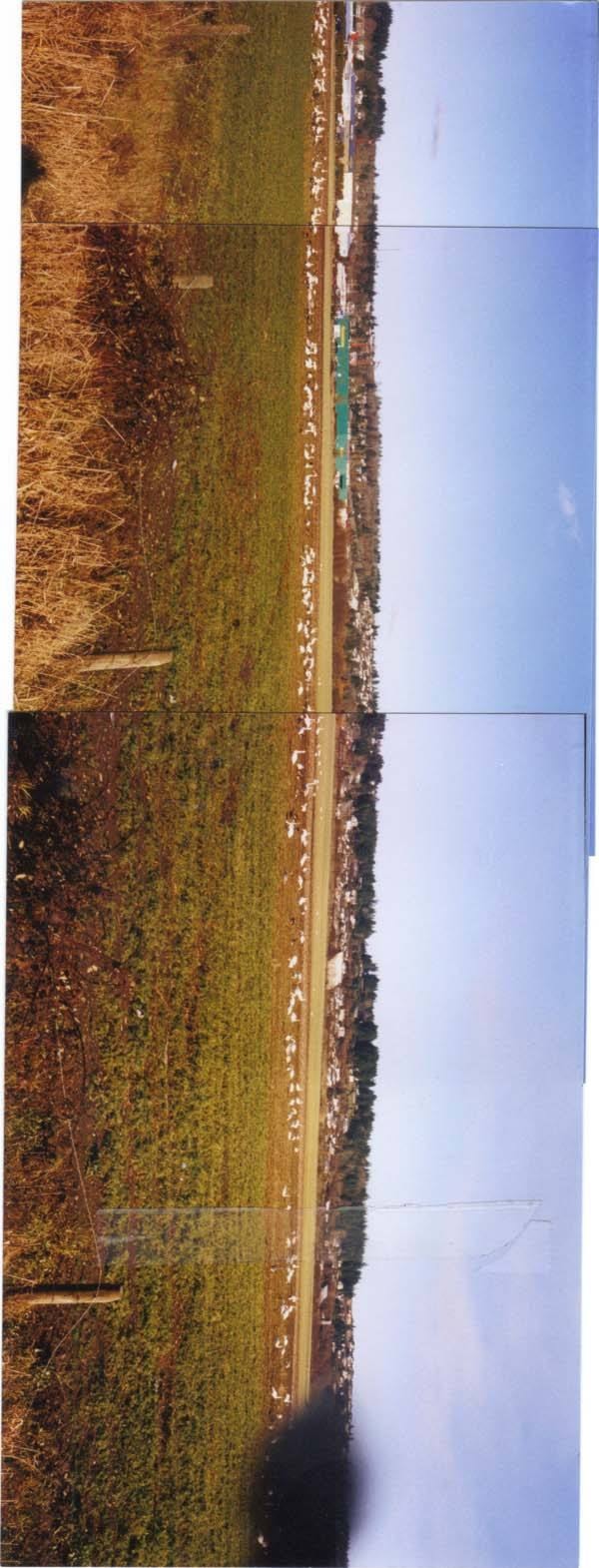Autumn is a time of transition for the many outdoor activities we partake in during the pursuit of our hunting and fishing adventures. As an example, many outdoor folks move from a fishing mode to a hunting one at this time of the year. It is also a time of great changes in the movements of virtually all wildlife, birds, fish and insect populations as they make whatever adjustments they require to survive the coming winter.
On Sunday, Nick Strussi and I joined Charley Vaughan on his boat the Top Hat for some chum salmon fishing at Brown's Bay. It was one of those days that turn into something special when three old guys go on the water with the express purpose of catching some chum salmon to smoke. The fact that we were successful had nothing to do with this scribe's ability and knowledge, but much to do with the special knowledge of my fishing buddies who knew more than a little about catching chum salmon.
I think of fishing for chum salmon as one of those transition activities that bridge the gap between changing from seasonal saltwater fishing to other activities for most anglers. It is a concentrated fishery of relatively short duration in the waters adjacent to Brown's Bay in Johnstone Strait as the chums migrate to their home rivers. Chum fishing is also an important river fishery on the Puntledge which opened to anglers on Saturday, Oct. 1.
From this phase of fall fishing many anglers turn to other forms river fishing or hunting and put their marine boats to rest for the winter months. For this transition fishery to continue, the conditions that allow the chum salmon to make their life migrations must remain in place from one season to another.
As we were driving past Oyster Bay on our way to Brown's Bay we were surprised to see a large flock of Brant numbering several hundred birds on the tidal flats of the bay. Not that I hunt Brant, but it was nonetheless a startling reminder to me that I had not yet purchased my annual hunting license and appropriate tags and here it was well into the season.
These continental travellers of the west coast fly ways were filling up on eel grass as they made their long journey to warmer climates. They also face some seriously increasing challenges as the effects of resident Canada geese exact their impact on the viability of east coast island estuaries to maintain productive marsh habitat including eel grass, which is a vital high energy food source of critical importance to migrating Brant.
Pictured with this column is a panoramic view of the Ducks Unlimited Farm taken a few years ago just after the Trumpeter swans had arrived from their northern breeding grounds to spend the winter in residence of the friendly Comox Valley farms and their life-sustaining fields. It is a scene that will be repeated in the next few weeks.
Successful life patterns of virtually all life are catered on transition changes that allow the individual species to find ways of coping with seasonal change in our northern hemisphere. We would be wise to look at the effects of resident Canada Geese, urban deer adaptation and harbour seals numbers for their impact on other species.
We were in Parksville last week and saw a gray squirrel in a Douglas fir tree, an animal not indigenous to this Island, with severe implications for resident squirrels. If they are established in Parksville we are not far behind in being their next transition.
Ralph Shaw is a master fly fisherman who was awarded the Order of Canada in 1984 for his conservation efforts. In 20 years of writing a column in the Comox Valley Record it has won several awards.
